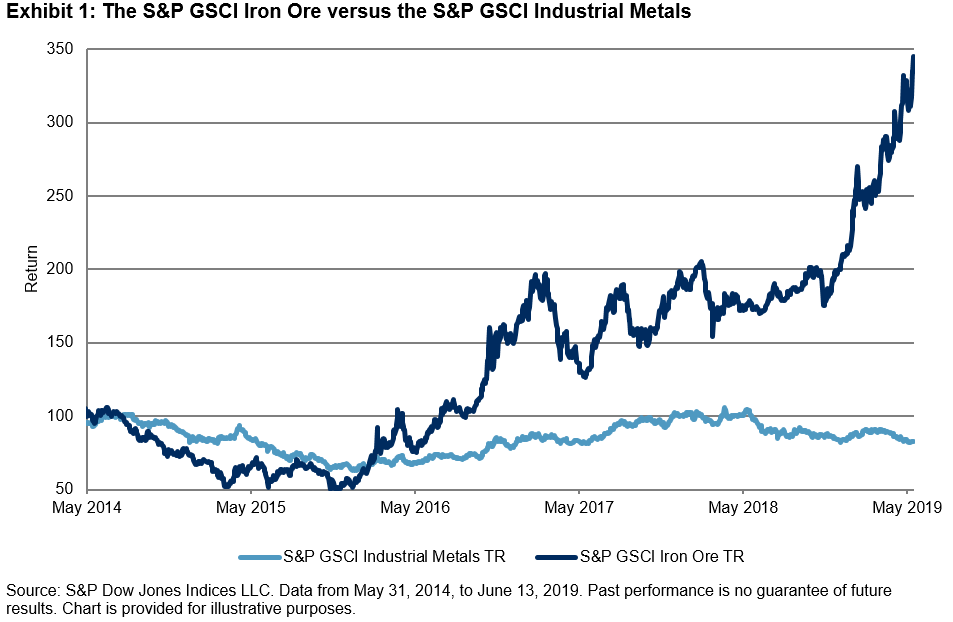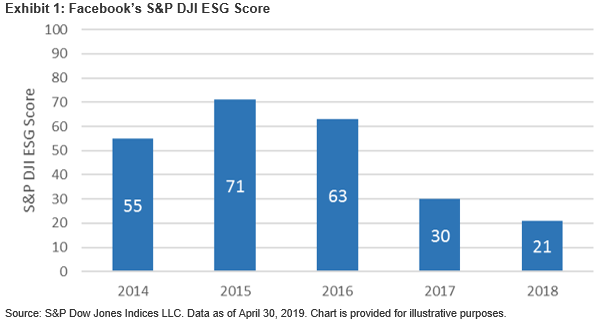With the dust still settling after the unexpected result of Australia’s recent federal election on May 18, 2019, which resulted in a third 3-year term for the incumbent Liberal-National Party coalition, the Australian government has quickly turned its attention to a slowing in the Australian economy.
While the uncertainty over franking credit refunds and negative gearing on investment properties is over, and despite a recent fillip in residential auction clearance rates, Australia’s unbroken record of 27 recession-free years may still be in danger of being derailed by offshore events. In addition to a keen focus on economic matters, expectations are that the government will quickly turn its focus to legislating the majority of the recommendations from the Royal Commission into Misconduct in the Banking, Superannuation, and Financial Services Industry once the Governor-General opens the 46th Parliament in early July 2019.
For this reason, financial advisers in Australia will likely continue to grapple with major disruption in their industry in 2019 and for the next few years to come. Adding to the Royal Commission outfall, the Financial Adviser Standards and Ethics Authority (FASEA) requirements are now in place for advisers, with the education standards having to be met prior to Jan. 1, 2024.
Despite all these headwinds, many opportunities remain for advisers to transform their practices, and index-based investment solutions could be a vital part of that transformation. We recently published our semiannual Australian Persistence Year-End 2018 Scorecard, and once again, we saw that relatively few active funds were able to stay on top over time. With the results of the SPIVA® Australia Year-End 2018 Scorecard, we can continue to say with confidence that most active managers underperform most of the time.
The latest Australian Persistence Scorecard measured the performance persistence of active funds that outperformed their peers and benchmarks over consecutive three- and five-year periods, and analyzed their transition to other quartiles over subsequent periods. Overall results suggested that only a minority of high-performing funds persisted in outperforming their respective benchmarks, or consistently stayed in their respective top quartiles, over consecutive three- and five-year periods. Among top-quartile funds across all asset classes, 9.7% and 2.2% consistently maintained top-quartile rankings over the consecutive three- and five-year periods, respectively. Top-quartile funds in the Australian Bonds fund category had the lowest turnover over both periods.
With this data, financial advisers could recommend index-linked investment solutions to their clients, explaining that it is difficult to select an active fund that will outperform its relevant benchmark, and that it would be even more difficult to select an active fund that will do so consistently.
The posts on this blog are opinions, not advice. Please read our Disclaimers.























































